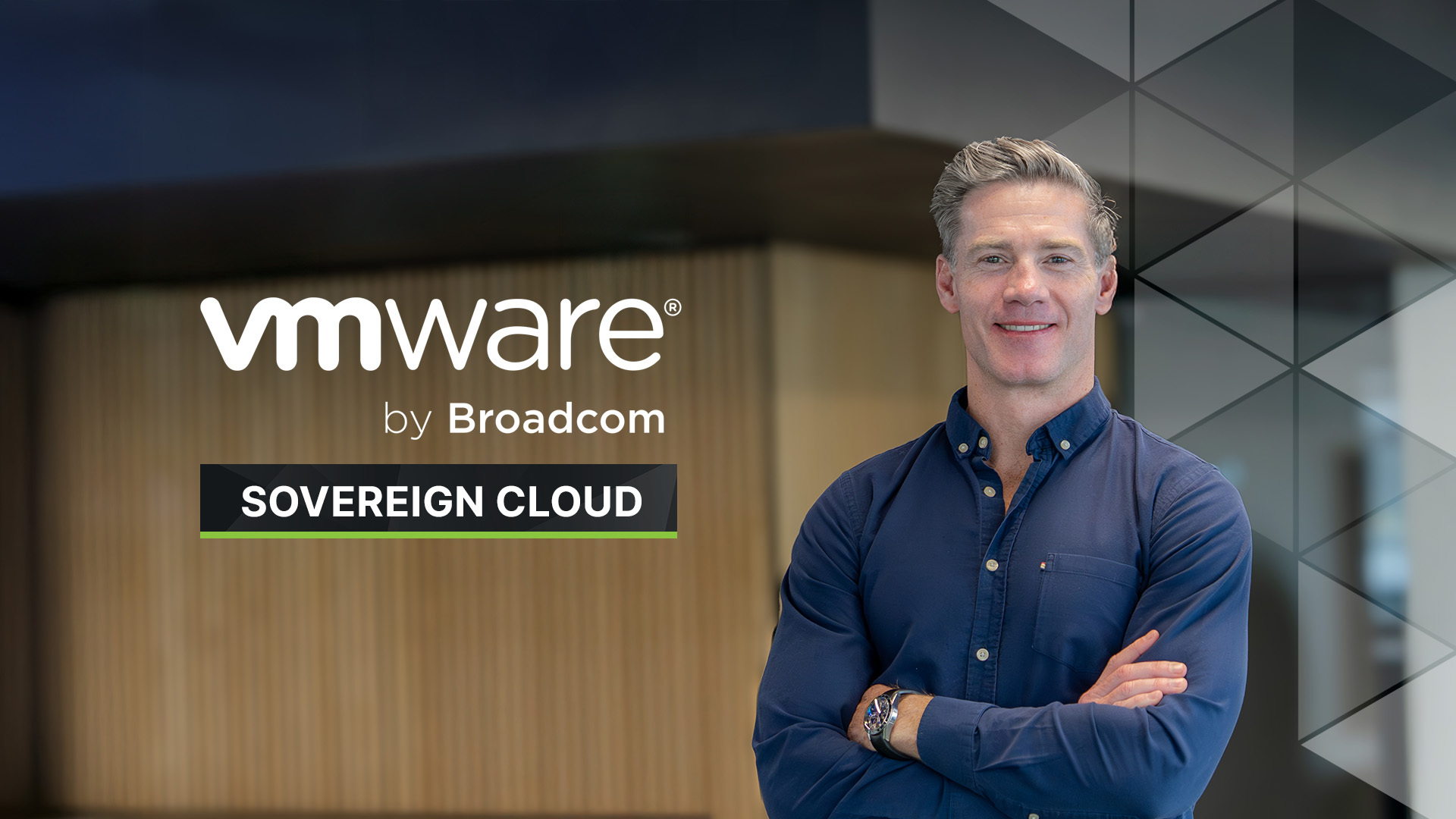What is cloud concentration risk?
Cloud concentration risk refers to the potential risk of becoming overly reliant on a single cloud platform. If your business stores all critical data and applications in one cloud environment, a single incident endangers your entire operation. This could be an outage with an Internet Service Provider (ISP), natural disaster affecting a data centre, cyber attack, or even a vendor going out of business – it is vital for your business continuity planning to take steps to mitigate this risk.
How can your business mitigate the risk?
Diversify your infrastructure
Diversifying your infrastructure spreads the risk of cloud concentration. This can take different forms depending on your business needs. A common method of diversification is a hybrid or multi cloud solution, both of which involve multiple environments. Hybrid cloud incorporates different forms of infrastructure, commonly including an on-premise or private cloud environment in tandem with a public cloud. Multi-cloud is an approach that consists of more than one cloud service, which can be made up of public or private clouds. Both approaches can consist of different environments from one provider, or environments from multiple providers.
A hybrid or multi-cloud solution allows you to split your workloads and run backups across different environments, reducing the impact that one disaster or incident with a provider has on your infrastructure. You can read more on hybrid and multi-cloud solutions in our dedicated insight to guide you on the right option for your business.
Vendor-agnostic Managed Service Provider
Spreading your infrastructure across multiple vendors and platforms mitigates the risk of cloud concentration, as if a disaster affects one specific vendor, it can fail over to another safe environment. Similarly, if one vendor is affected by a cyber attack, your data stored with other providers is not vulnerable.
Distributing computing across multiple vendors reduces the risk to your business, however, for many businesses, particularly those without dedicated IT teams, management of this can be a strain. Dealing with multiple vendors as an individual business can come with its own issues, including lack of cloud-to-cloud communication, and workloads and applications being siloed on single clouds. In the case of a disaster, this may mean that you can’t move data and applications quickly between environments.
A managed service provider (MSP) can oversee all aspects of your infrastructure, keeping all environments working together, and deal directly with multiple vendors, spreading your infrastructure and mitigating risk. Your business only needs to deal with the MSP, who will deal with the vendors and manage your infrastructure in line with your needs.
When using an MSP for your infrastructure, to mitigate the risk of cloud concentration, it is vital they are vendor and platform agnostic. Some providers will only use one vendor for their hosting, which still leads to the same risk. To best mitigate the risk of cloud concentration, your business can spread your infrastructure across clouds in multiple data centres, hosted through different specialists, and utilising different ISPs. Hyve partners with industry-leading vendors and platforms, ensuring your data and applications are securely distributed.
Build an exit strategy
Many providers use strategies to keep you locked in to their services. This can include having a simple process and deals to initially migrate your data and applications to their platforms, but high egress charges and a complicated process to migrate out. Many providers additionally make their technologies incompatible with other systems, meaning it can be time-consuming and expensive to switch to another provider.
With regards to cloud concentration risk, this issue of vendor lock-in makes it difficult to diversify your infrastructure. It can be difficult and costly to move all or some of your data and applications away from the provider, leaving you feeling trapped, as well as vulnerable to any issues with the provider. You can find out more details on the risks of vendor lock-in, and how to avoid these, in our insight.
To avoid vendor lock-in when setting up or migrating infrastructure with a new provider, it is vital to consider your exit strategy from the start. An exit strategy means that, although you may be planning for a long-term cloud solution, you are prepared, and can act quickly, in the instance that something does go wrong, or it is no longer serving your needs. Look for a provider with no egress charges, and with cloud data portability – the ability to easily transfer data and applications from one provider to another.
In conclusion
Cloud concentration can be a significant risk, but by taking preventative measures – diversifying your infrastructure, planning your exit strategy, and working with a vendor-agnostic managed provider – you can mitigate the potential danger to your business.
To discuss how we can support your business to mitigate cloud concentration risk, fill out our contact form to speak to one of our cloud experts.






